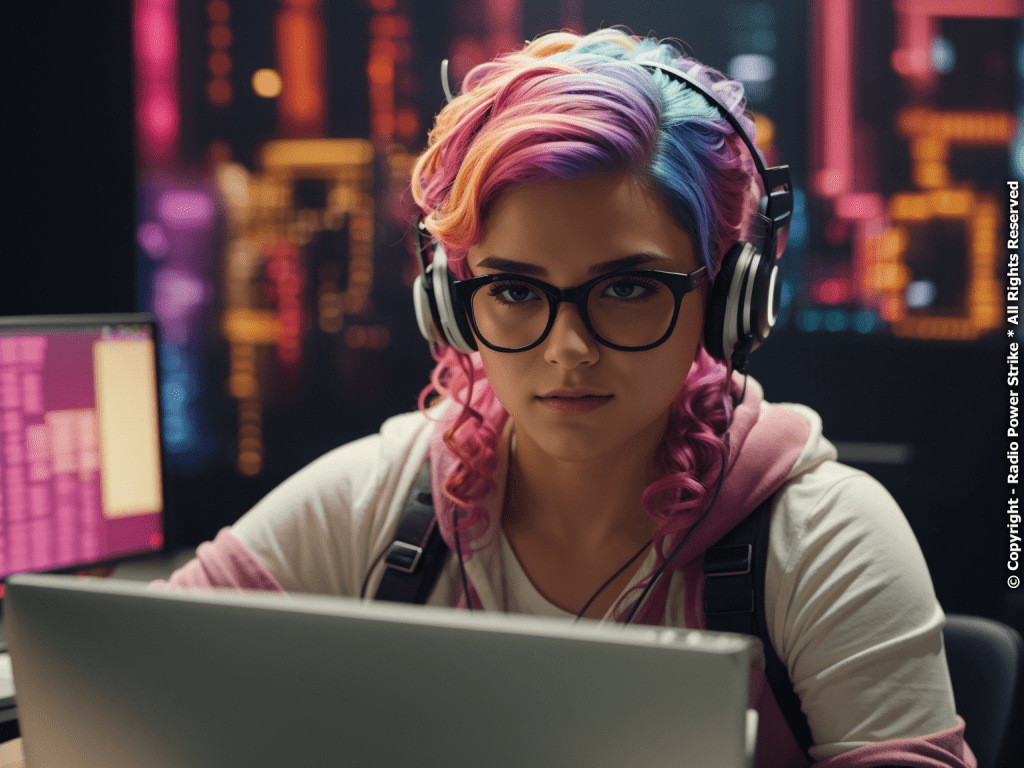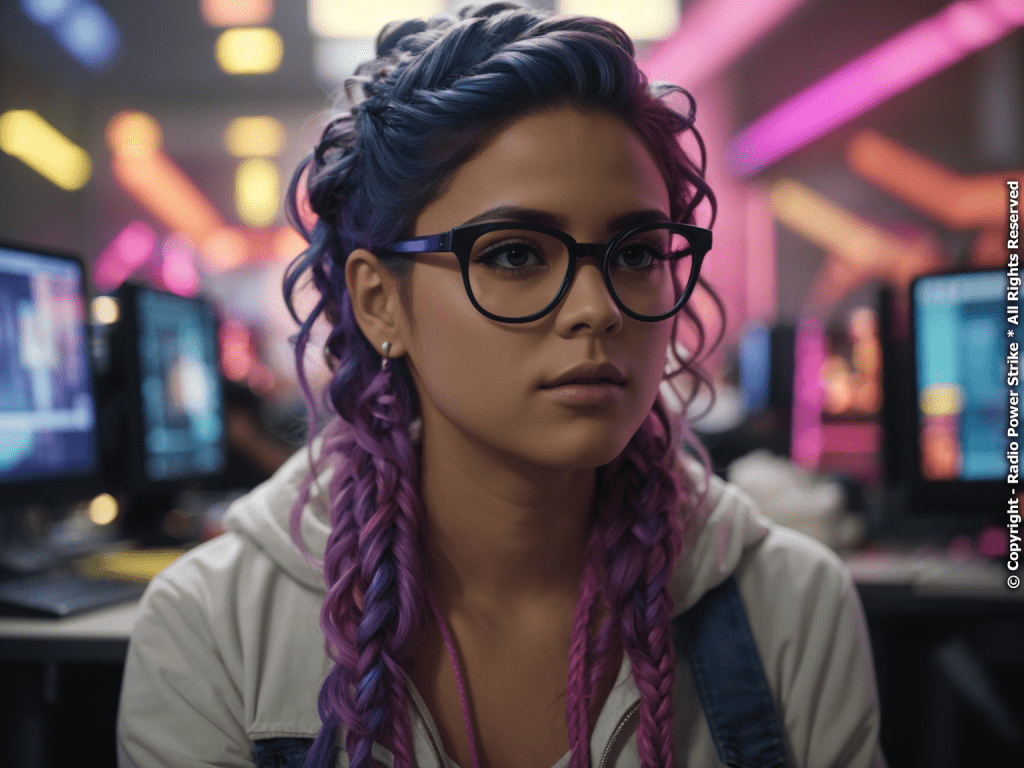Queer Coding in Pop Culture: Unraveling Subtext in Geek Media
Decoding Subtle Queer Representation in the World of Geek Culture

Explore the world of queer coding in pop culture and discover the subtle ways geek media incorporates LGBTQIA+ subtext. Unravel the hidden representation and the impact of queer coding in shaping characters and narratives.
In the ever-evolving landscape of pop culture, representation and inclusivity have emerged as critical themes. Creators and storytellers continuously strive to portray diverse identities and experiences authentically. One powerful tool that has emerged in the world of geek media is queer coding. This subtle technique allows creators to hint at LGBTQIA+ representation without explicitly labeling characters, leading to intriguing subtext and complex narratives.
Unveiling the Hidden Representation
Queer coding is an artful approach that subtly incorporates LGBTQIA+ elements into characters, relationships, and storylines. By utilizing coded cues and behaviors, creators introduce queer subtext without overtly stating a character’s sexual orientation or gender identity. These subtle hints add depth to characters, making them more relatable and realistic. Queer-coded characters often challenge societal norms and stereotypes, opening doors to inclusive storytelling.
In the TV show “Sherlock,” the relationship between Sherlock Holmes and John Watson has been interpreted as having queer coding. Their deep emotional connection and co-dependency mirror the dynamics of romantic partnerships, sparking discussions among fans about the characters’ potential queer identities.
In the “Legend of Zelda” video game series, the character Link’s androgynous appearance and the absence of romantic relationships in the narrative have led to interpretations of queer coding. Players have praised the game’s open-ended approach, allowing them to project their own identities onto the character.
Embracing Diversity in Geek Media
The world of geek culture offers a vast canvas for exploring diverse narratives. Comics, TV shows, movies, and video games are brimming with characters that embody queer subtext. From the charismatic villain with enigmatic relationships to the quirky sidekick with unique mannerisms, queer coding adds layers of complexity to characters’ identities.
In the Marvel Cinematic Universe, the character Loki, played by Tom Hiddleston, has been praised for his fluid gender presentation and ambiguous relationships. Loki’s journey of self-discovery and identity resonates with audiences seeking diverse representation.
In the “Star Wars” franchise, the character Poe Dameron has been subject to queer readings due to his close bond with Finn and the chemistry between the two characters. Fans have highlighted the potential for a deeper romantic connection, demonstrating the impact of queer coding in expanding character interpretations.
Impactful Inclusivity: Celebrating Subtextual Representation
The power of queer coding lies in its impact on audiences seeking representation and inclusivity. For LGBTQIA+ individuals, seeing subtle hints of queerness in characters offers a sense of validation and recognition. It creates a space where they can find themselves reflected in the stories they love. However, it is essential to strike a balance between queer coding and explicit representation to ensure authentic portrayals that resonate with diverse audiences.
The “Steven Universe” animated series has been lauded for its authentic representation of LGBTQIA+ characters. The relationship between Ruby and Sapphire, two characters who fuse to form Garnet, is a powerful example of explicit LGBTQIA+ representation that celebrates love and identity.
In “Harry Potter,” Albus Dumbledore’s queerness was subtly revealed by author J.K. Rowling after the book series concluded. While some praised this additional representation, others criticized the lack of explicit acknowledgment within the narrative.

As we venture further into the world of pop culture and geek media, the influence of queer coding becomes increasingly evident. The subtextual representation of LGBTQIA+ experiences allows for more nuanced and complex narratives that reflect the diverse spectrum of identities in our society. By embracing the power of queer coding, creators have the opportunity to shape a future of storytelling that celebrates inclusivity and authenticity.

Comments are closed, but trackbacks and pingbacks are open.